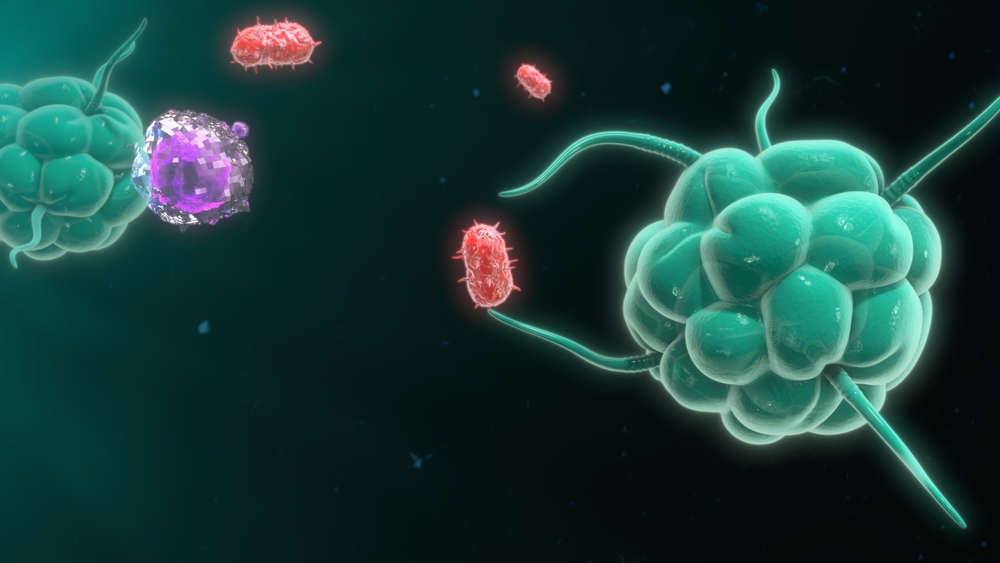Cell Recycling Study Raises Possibility of New Approach to Treating ALS

How cells recycle waste, an essential process to cellular health known to go astray in amyotrophic lateral sclerosis (ALS) and other diseases, is more complex and interrelated than previously thought, researchers at the Neuromed Institute in Italy report.
Their study, “The Autophagoproteasome a Novel Cell Clearing Organelle in Baseline and Stimulated Conditions,” published in frontiers in Neuroanatomy, provides a better understand of the cellular recycling process and potential insights into how cellular dysfunctions in ALS and other diseases work.
Researchers found that what was thought to be two cellular separate processes is really two parts of one process, converging in what is known as an organelle. This small difference may be crucial. A normal, everyday cell process called autophagy is a cleaning mechanism by which the dysfunctional or no longer necessary components of a cell are removed. When this mechanism fails, it can lead to a number of pathologies, especially neurodegenerative diseases that result from the accumulation and non-clearance of harmful abnormal proteins, cancer and cardiovascular disease.
“Over the past ten years,” said Francesco Fornai, a professor of Anatomy at the University of Pisa and head of Neurobiology and Movement Disorders Unit in the Neuromed Institute, said in a press release. “The common view considered two independent pathways … Our recent data, however, show us that both processes converge towards this single organelle, characterizing it as the real endpoint. Inside it we found that the two molecular systems coexist and interact, creating a complex and sophisticated cleaning apparatus.”
In ALS, Fornai added, “we observe problems in the movement of cellular vesicles carrying proteins destined to be recycled. In other diseases we see deficits in enzymes designed to degrade specific proteins. In short, it is like housekeeping service is on strike inside cells.” Understanding the entire process better, he said, may lead to ways to pharmacologically treat the “individual components involved.”
Further study is needed, but Fornai and his research team helped to advance such work by recently participating in the making of new International Autophagy Guidelines, introducing their finding of that endpoint organelle, called an autophagoproteasome organelle, in cellular waste recycling.






